Remembering Rocky Point
The beloved amusement park may have closed thirty years ago, but we’re still not ready to say goodbye.
By Dana Laverty with assistance from Lauren Clem and Kaitlyn Murray
The beloved amusement park may have closed thirty years ago, but we’re still not ready to say goodbye.
By Dana Laverty with assistance from Lauren Clem and Kaitlyn Murray
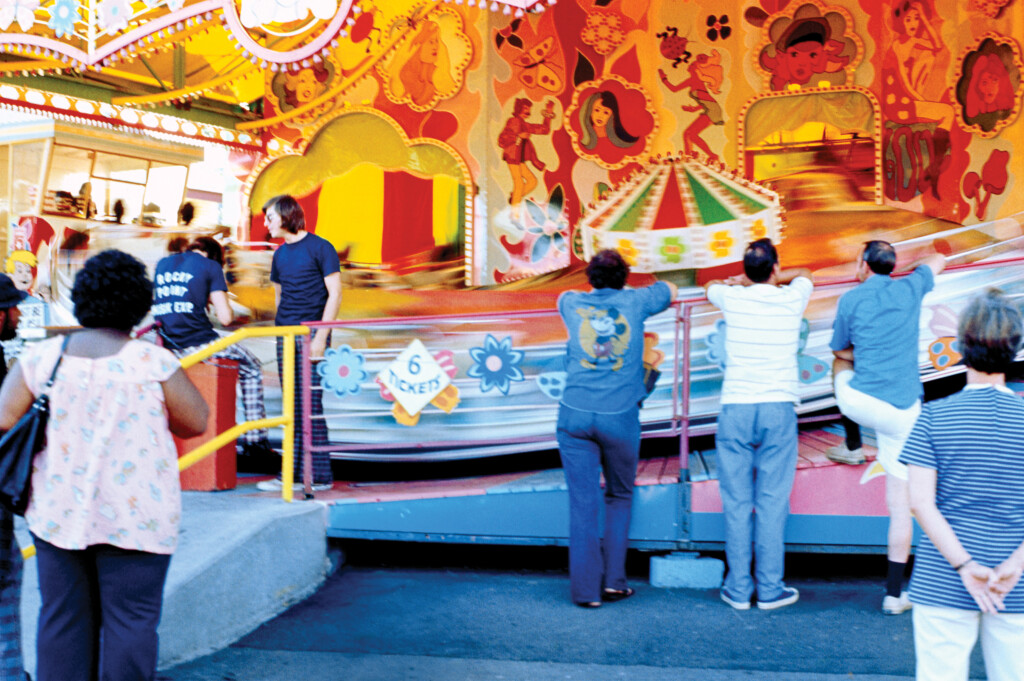
When Captain William Winslow started bringing Sunday school excursions to Rocky Point on his steamship Argo in 1840, he surely had no idea of the consequences his actions would have on this tranquil spot by the sea.
The trips proved so popular that he purchased eighty-nine acres of land in 1847 and started holding shore dinners, filled with ocean-fresh seafood and vegetables and fruits grown on-site. In time, he installed a bake-house for all those hungry diners, a sea swing in the bay, and flying horses — a precursor to the carousel — on the land, setting the stage for the state’s largest and most popular amusement park: Rocky Point.
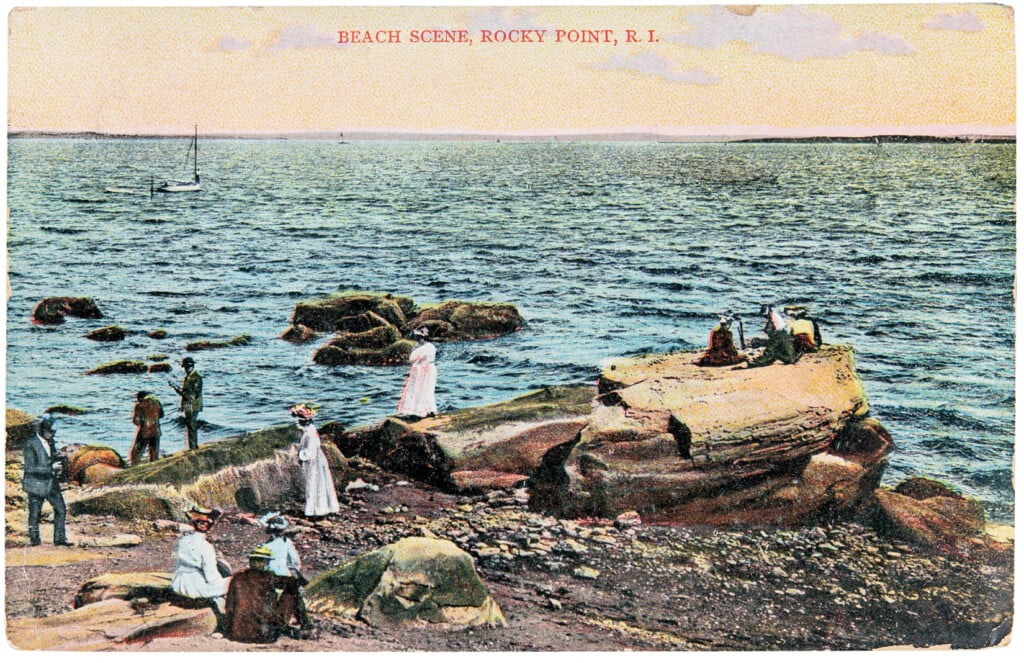
For almost 150 years, the site was a playground for Rhode Islanders young and old. Rides, hotels and shore dinner halls were lashed by hurricanes and fires but always rebuilt. Ownership changed hands and the park closed for years at
a time but always reopened to welcoming crowds.
Until 1995. That’s when, faced with mounting bills, the park shuttered its doors after the summer season. The owners filed for bankruptcy in 1996, and most of the attractions were sold during a rain-soaked auction that April.
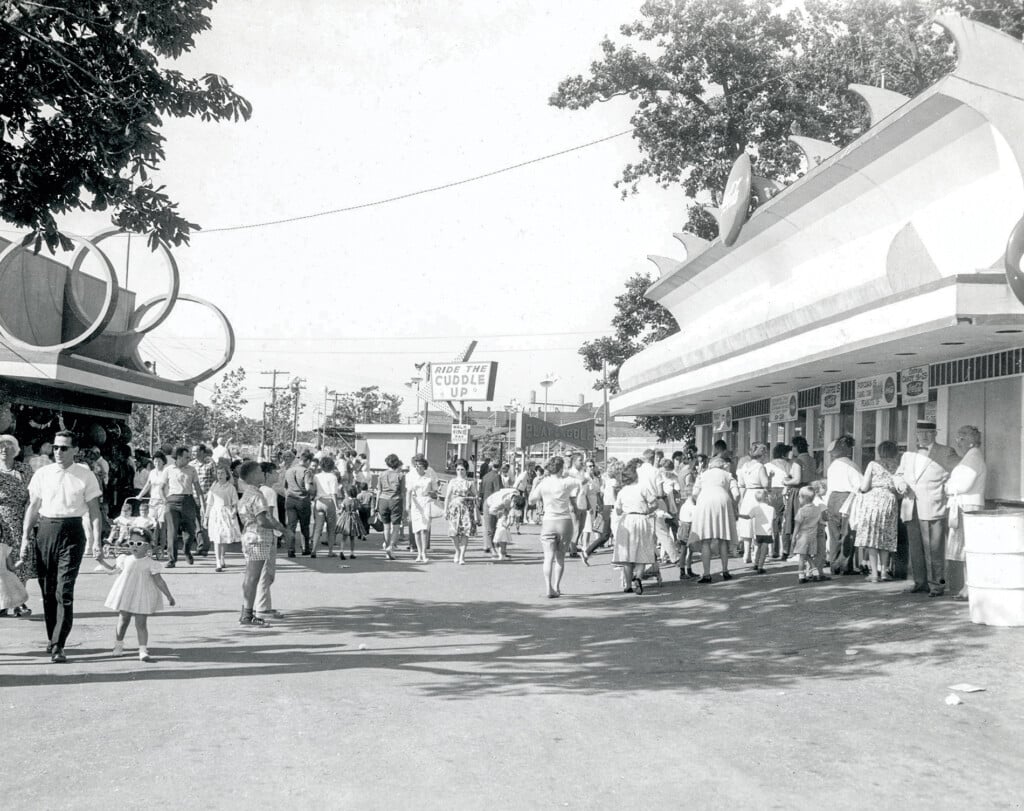
The chowder. The clam cakes. The Flume, taking you to dizzying heights before splashing down into a questionably blue shade of water. The House of Horrors — or, depending on your age, the Castle of Terror — tossing you through its dark depths into cheesy, fluorescent scenes of torture … it was gone, all gone, and Rhode Islanders were gutted.
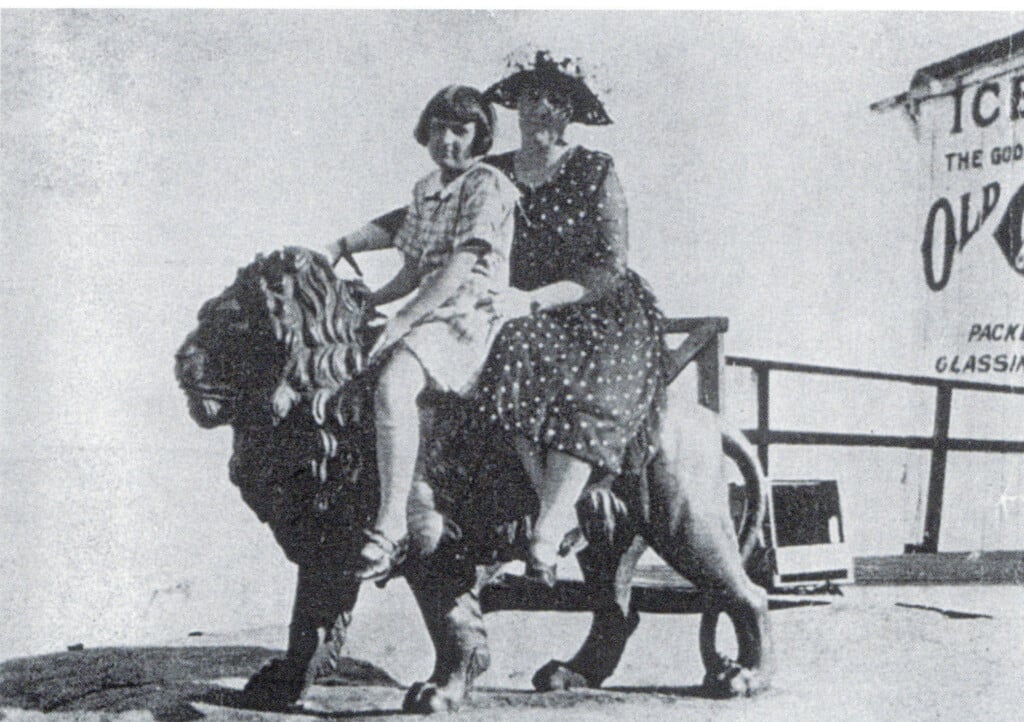
Heck, we’re still gutted. Facebook pages devoted to the park have thousands of members, eager to reminisce about the Freefall or the saltwater pool. Ask anyone over a certain age for their favorite Rocky Point memory, and you’ll be regaled with tales about sitting cheek to jowl with other diners at the Shore Dinner Hall or that time they got stuck at the top of the double Ferris wheel — I was seven and it was awful! — or how the park pulsed and twinkled after dark, an exhilarating mix of carnival music, frenetic energy and neon lights all vying for dominance on a sticky summer night.
That’s why, thirty years after its closing, we wanted to take a look back at Rocky Point. We hope these pictures and stories transport you to a simpler time, when the hardest decisions were whether to get one or two bags of clam cakes, or whether to play a game of Skee-Ball or take another spin on the Tilt-a-Whirl.
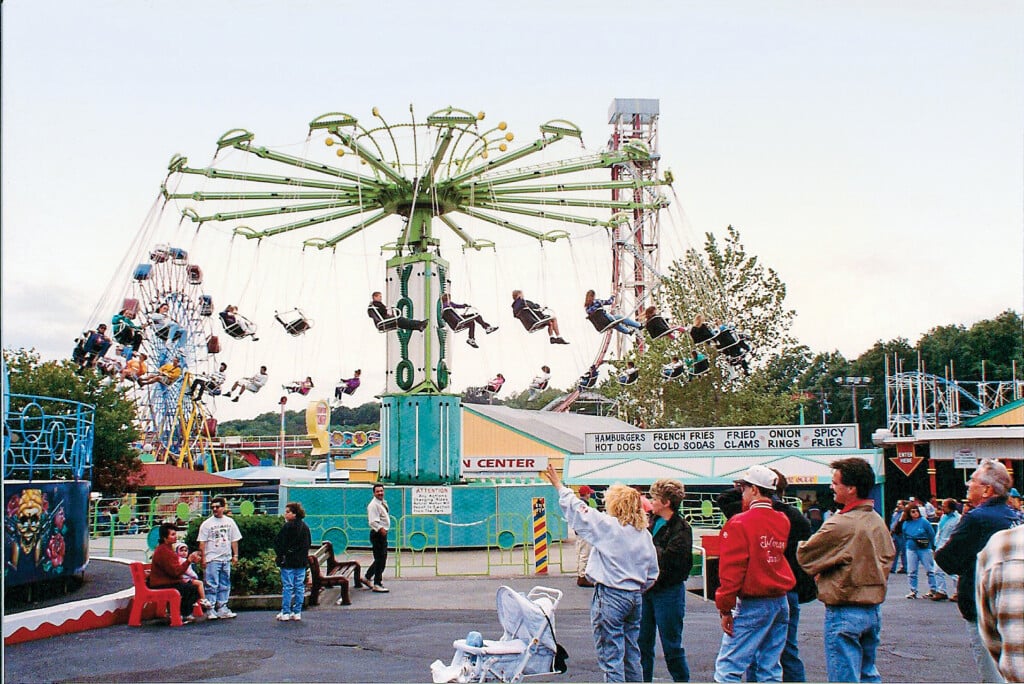
The history of Rocky Point goes back as far as the eighteenth century.
Learn the stories behind the park’s biggest attractions, from the Corkscrew to the House of Horrors.
More than 3,500 could fit inside the so-called world’s largest shore dinner hall at Rocky Point.
Sean McCarthy never stepped foot inside Rocky Point, but that doesn’t stop him from being obsessed with the amusement park.
You’re all invited to learn the story behind everyone’s favorite summertime song.
The grandson of ‘Mr. Rocky Point’ dishes on his family’s legacy — and the famous chowder recipe.
Filmmaker David Bettencourt recalls the making of his documentary, You Must Be This Tall: The Story of Rocky Point Park.
A band of community members led the charge to preserve the former park for all to enjoy.
The arch at Rocky Point State Park is one of the last remnants of the amusement park.
Did you know six monkeys escaped from the park in the thirties?